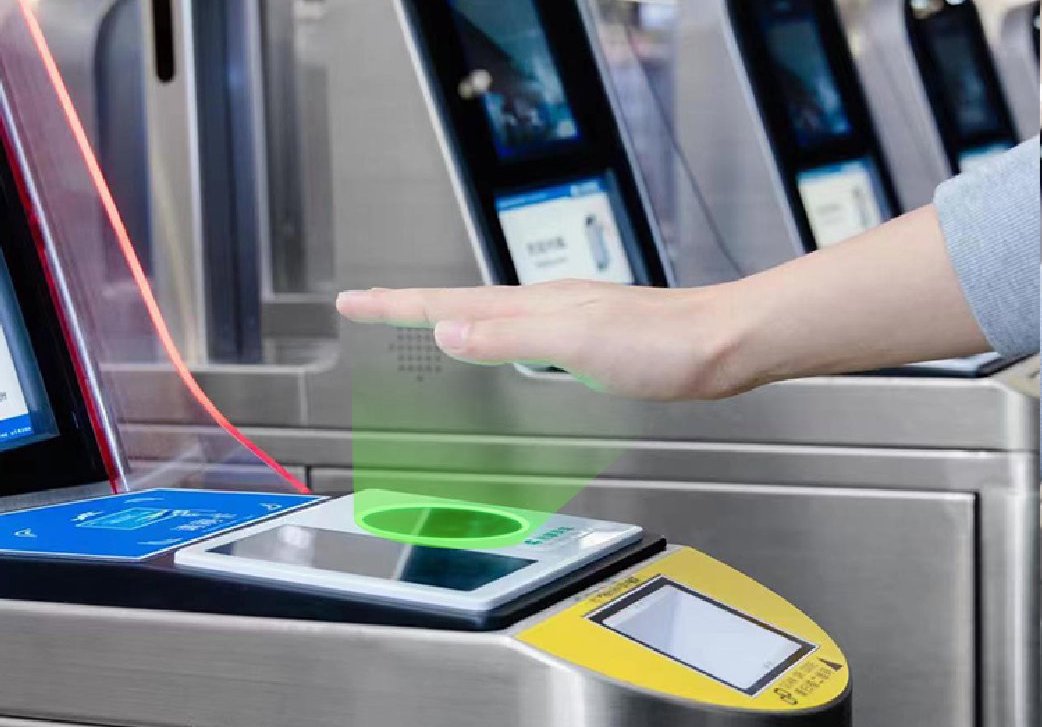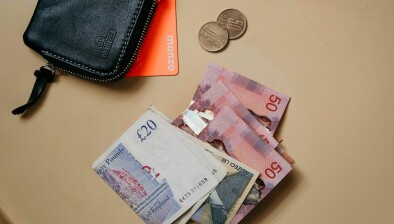And finally… palm reading

The new palm payment scanners (Source: WeChat)
Beijing’s metro commuters have begun using a new palm print payment system, possibly making them the first to do so worldwide.
This new technology was deployed on Sunday on the Daxing airport metro line by Chinese tech giant, Tencent. To operate the system, passengers register their unique palm prints using specially installed machines, which are then linked to a mobile app for payment authorisation, The Times reports.
This contactless method allows passengers to access the metro by merely waving their palms over a scanner. As part of the registration process, Tencent collects other identification data such as ID numbers but claims it doesn’t store the original data for privacy reasons.
The system’s reception remains uncertain as it counters a survey result from the Payment and Clearing Association of China which shows that 96% of customers prefer QR codes for transactions, with a fifth rejecting biometrics over privacy concerns.
While some commuters expressed privacy fears online, others saw the potential in this technology, especially in scenarios where smartphones run out of battery. Tencent has suggested that the palm-recognition technology could extend to other areas such as general wallet payments and gym and office building access.
The introduction of this technology in China follows Amazon’s similar initiative with palm-reading technology.








